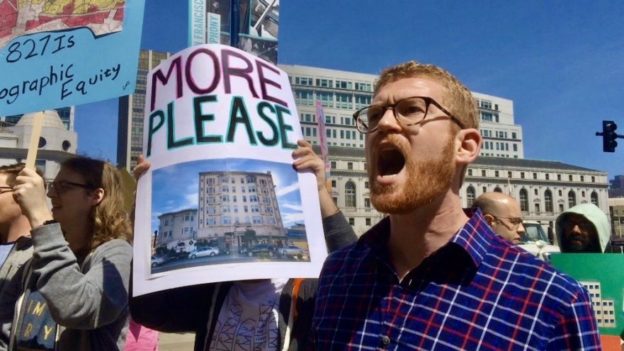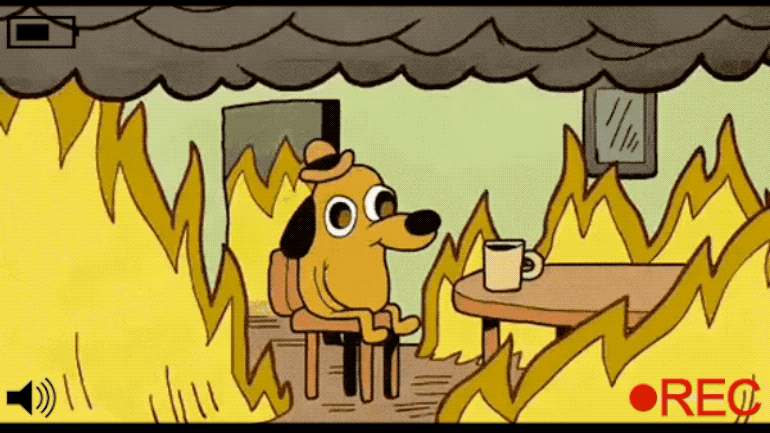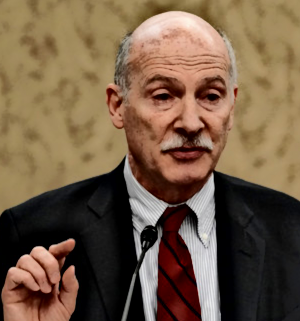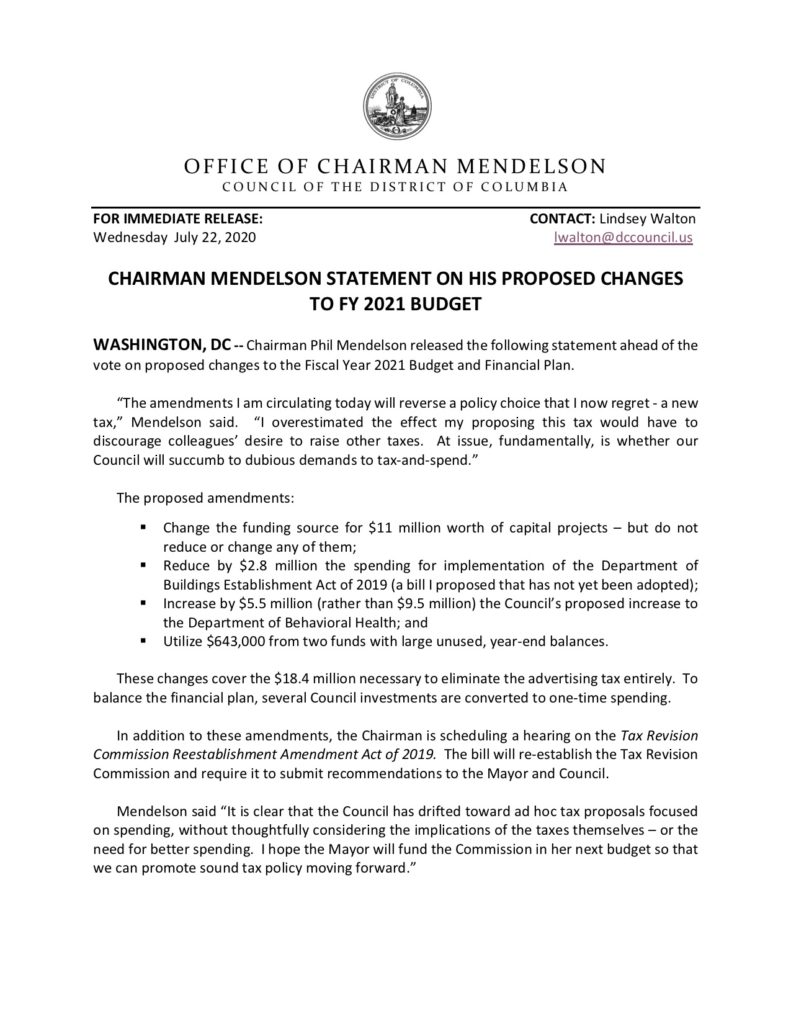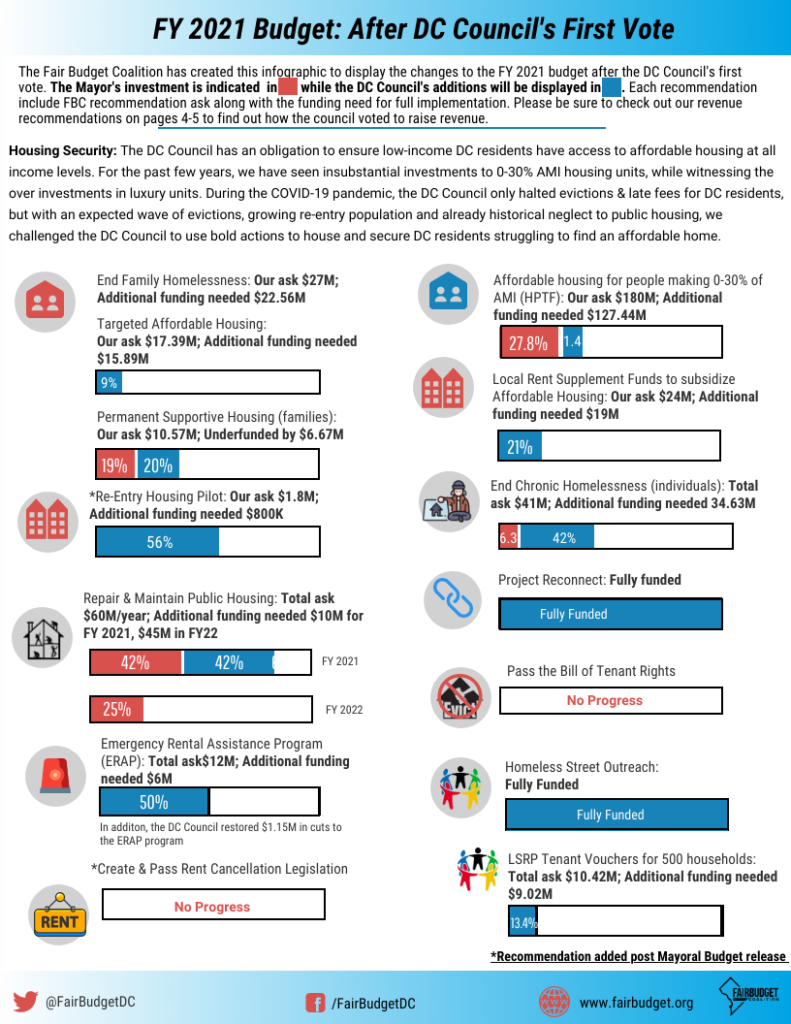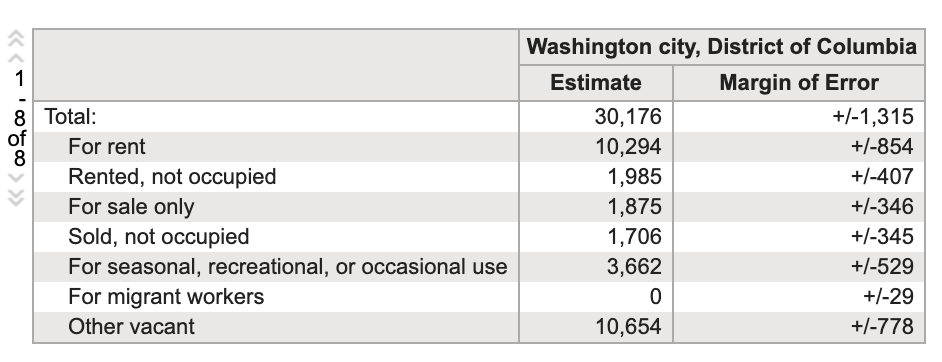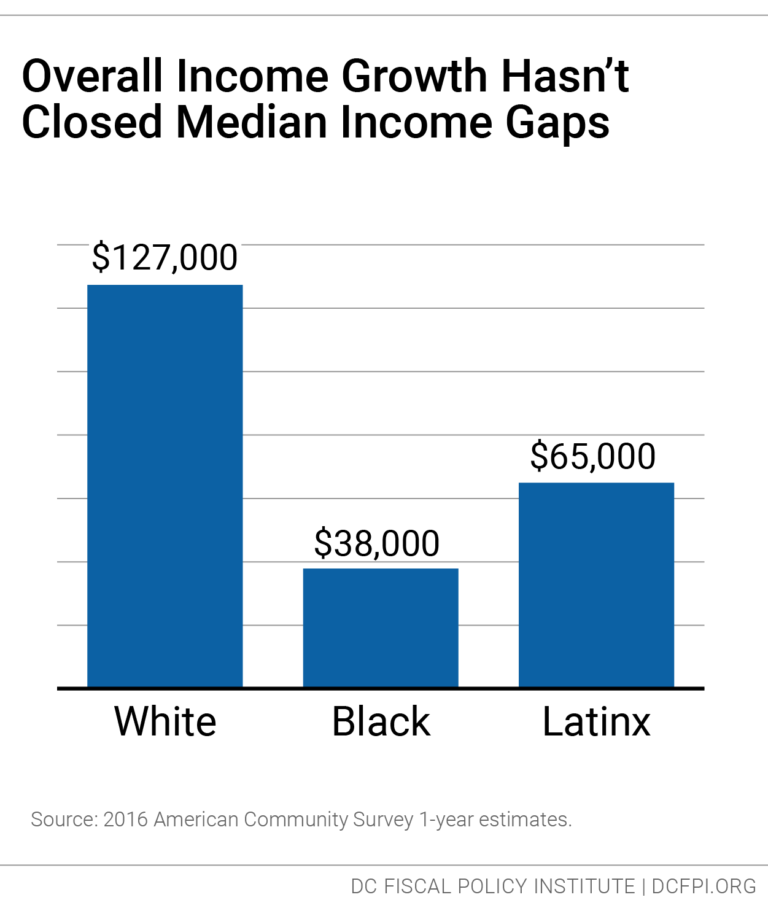We hear so-called YIMBYs constantly cheer on listserves and real estate blogs, #BuildMore housing quickly and voluminously. They say the city is desperate for new housing and we need lots of new units urgently. Any skeptics or detractors to this build-baby-build posture are quickly written off simply as NIMBYs.
Yet, the YIMBYs can never seem to answer these basic questions:
- New housing for whom? Is it the trickle down market rate housing being built everywhere or truly affordable for those making the living wage or less?
- What statistics substantiate the “urgency” for new housing? DC has some of the highest vacancy rates in the nation, will building more of the same help?
- And, why is the city tearing down the 0-30%AMI housing such as public housing to privatize and build more luxury housing?
Last we checked, the well heeled developer-class have collaborated with cohorts in city bureaucratic planning positions to usher in wave after wave of new construction, with areas of DC exploding with denser taller buildings consisting of expensive studio/one bedrooms.
Tens of thousands of new luxury units have been built in DC over the past twenty years and 9 out of 10 of these units are strictly targeted to wealthier single professionals.
But recently, it is this slice of the local demography (single wealthy professionals) who are parting with the urban core as they are forming families and being quite privileged and mobile they can move when things like pandemics unfold and impact our living collective conditions. Yes, it is these new residents who stormed into the city over the past decade who are now choosing to leave the big box luxury buildings that were designed for them and are moving into single family homes in outer city limits and back to suburbia.
Thus, any urgency for more housing serving the professional-class is quickly dispelled by the facts on the ground, with DC conservatively having 15% of units built (not just marketed) sitting vacant, and the new built-out areas such as Navy Yard having 1 in 3 units empty (all pre-pandemic numbers).
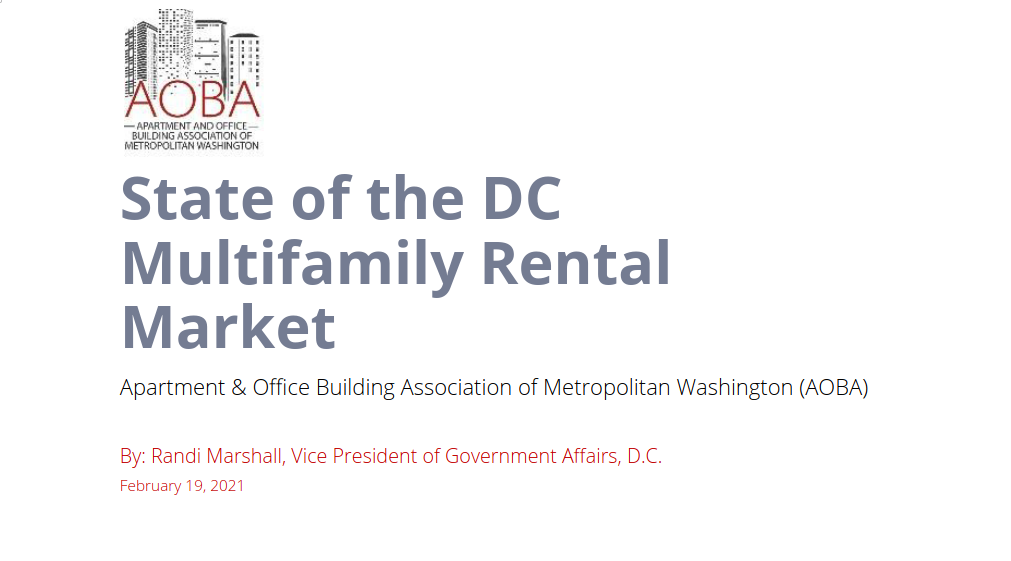
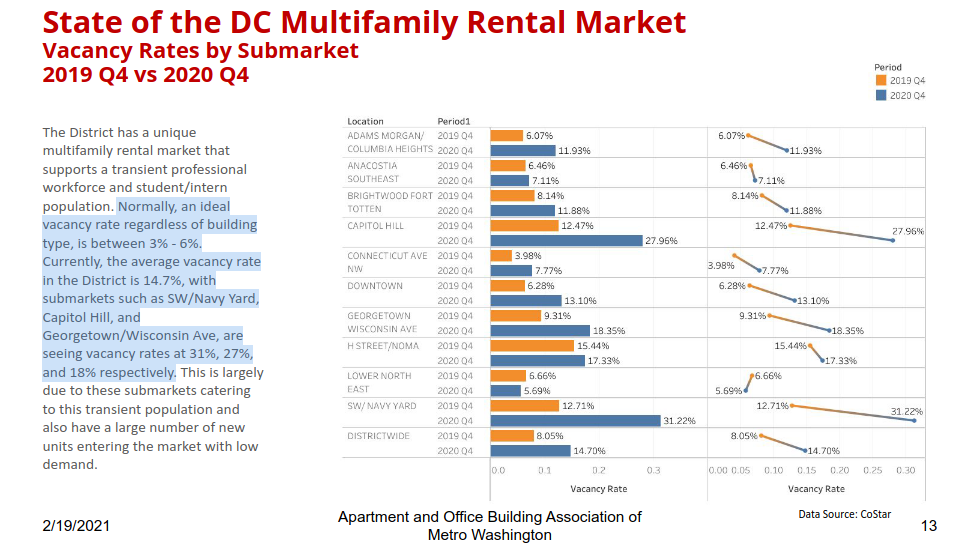
[Pre-pandemic], the average vacancy rate in the District is 14.7%, with submarkets such as SW/Navy Yard, Capitol Hill, and Georgetown/Wisconsin Ave, are seeing vacancy rates at 31%, 27%, and 18% respectively .
DHCD Report, Saving DC’s Rental Housing Market Strike Force, citing from “The State of the DC Multifamily Rental Market” analysis by the Apartment & Office Building Association of Metropolitan Washington (AOBA), published by Randi Marshall, Vice President of Government Affairs, D.C., February 19, 2021, at page 13.
Housing as commodity, not for community
In spite of mounting units being built but left to sit empty, its become apparent that the mega real estate companies don’t mind and are pushing to build even more housing that’s as expensive as ever before.
This is because housing is no longer necessarily for creating human community. Rather, new housing units are in large part serving as international investment commodities, that are essentially blocks of money in the form of new housing construction.
Wake up YIMBYs. Vacancy rates. All time highs. 1 in 3 units in #NavyYardExclusive empty. Conservatively 15% vacant DC citywide. #BuildMore is a fallacy serving only the international elite. pic.twitter.com/ToU4A60yMy
— Luxury plywood (@rotten4eva) February 13, 2022
Moreover, any claimed desperation or “urgency for more housing” is a statement of perverse absurdity without doing the homework in understanding the type of housing the city truly needs constructed (see 40k person waiting list for affordable family sized housing).
YIMBY’s see no urgency to build housing that we actually need, instead they continue to chant and demand the city construct housing that only serves an elite professional-class.
DC desperately needs 0-30%AMI units and lots of them, so say the PHIMBY’s (Public Housing in My BackYard).
See links below for stats and research substantiating the points above.
Stats and Facts Supporting the Above Conclusions
Racial Inequity: 1990 60% of DC Black vs 2010 50% 2020 41% [2020 census | interactive DC diversity app] 60k Black people displaced from DC over the past twenty years of #BuildMore, these stats cannot be ignored!
- DC racial segregation through affordability gap as wide as 1968: White wealth surge; black wealth stagnation
- Mythbust: we are not in housing crisis, other than an “affordable” housing crisis (we lack units for those in the 0-50%AMI range)
- Vacancies citiwide is 14.7% (Navy Yard; Gtown/Wis Ave up to 31%)
- Slow down of incoming DC residents
- Offices hit record vacancy high in 2021
- Many fled D.C. during pandemic, halting city’s population boom
https://www.washingtonpost.com/dc-md-va/2021/12/24/dc-population-drop-covid/ - D.C. lost at least 17,000 more people during the pandemic than in the prior year, according to USPS data on net moves. At least 9,000 of the loss appears to be permanent. https://districtmeasured.com/2021/07/08/d-c-lost-at-least-17000-more-people-during-the-pandemic-than-in-the-prior-year-according-to-usps-data-on-net-moves-at-least-9000-of-the-loss-appears-to-be-permanent/
- Immigrant families are leaving D.C.’s public schools. Will they return? https://www.washingtonpost.com/local/education/dc-english-learners-enrollment-down/2021/04/03/69232afa-8cfc-11eb-9423-04079921c915_story.html
- Opinion: D.C.’s build-build-build mind-set results in more gentrification https://www.washingtonpost.com/opinions/local-opinions/mary-cheh-gentrification-dc-comprehensive-plan/2021/03/11/c0f1d58a-802f-11eb-ac37-4383f7709abe_story.html
Foreign investors snap up Washington real estate at an accelerating clip
“This is the normal world. You go to work in a city. All around you are enormous new buildings. They look alike. But you will never be able to afford to live in them. Because they are not really homes. They are blocks of money, bought by global investors whose money has nowhere else to go.” https://twitter.com/rotten4eva/status/1492740361374121986
- Foreign investors are pouring money into downtown D.C. office buildings even as many properties in the Washington suburbs struggle with stagnant leasing and growing vacancy https://www.washingtonpost.com/business/capitalbusiness/foreign-investors-snap-up-washington-real-estate-at-an-accelerating-clip/2013/06/29/6d5dd5e6-dfaf-11e2-b2d4-ea6d8f477a01_story.html
- Can a Texas developer and Qatar investment make D.C.’s CityCenter a success? – The Washington Post – Washington Post: Breaking News, World, US, DC News & Analysis https://www.washingtonpost.com/can-a-texas-developer-and-qatar-investment-make-dcs-citycenter-a-success/2011/10/17/gIQAePMi6L_story.html
- Wafra to Buy Residences on the Avenue in Washington, D.C. — Commercial Real Estate Direct Staff Report. Wafra Investment Advisory Group is under contract to buy the Residences on the Avenue, a 335-unit apartment property at 2221 I St. NW in Washington, D.C. >> http://www.crenews.com/top_stories/top_stories_-_free/top_stories_subscriber/wafra-to-buy-residences-on-the-avenue-in-washington-dc.htm
THE DC COMP PLAN IS RACIST
Maurice Cook, Director of Serve Your City, and community advocate out of Ward 6 discusses the DC Comprehensive Plan, the definition of racial equity and affordable housing, and what the Council Office on Racial Equity (CORE) report about the #DCCompPlan means to Black people living and working in the District of Columbia. Please Watch :: https://youtu.be/zDH96HFqfP8
- DC residents submit lawsuit on “Racist” DC Comprehensive Plan ::
http://www.dcfeedback.com/fit2print/dc/652 - DC Mayor’s webpage on DC Comp Plan ::
www.plandc.dc.gov - And the Mayor’s Planning map changes are here ::
http://www.tinyurl.com/dcplanningmaps

